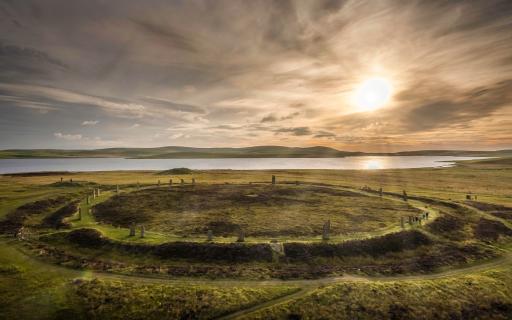
Kilmartin Glen
On the west coast between Oban and Lochgilphead, Kilmartin Glen is where you can follow in the footsteps of ancient kings, while enjoying some of the finest scenery in Scotland. This wooded and rocky glen has been home to Neolithic and Bronze Age communities, witnessed medieval Christian burials and hosted the coronations of the first Kings of Scotland.
Before the pyramids in Ancient Egypt were built, the inhabitants of Kilmartin Glen had begun to build the burial cairns of the Linear Cemetery at Nether Largie South. These Neolithic stones are among the hundreds of ancient monuments, some 150 of which date from pre-history, that can be found within just six miles of the village of Kilmartin. Today, visitors can enjoy a land that is packed full of historic interest and contemporary activities with some fine walks and cycle paths to explore.
Plan your visit




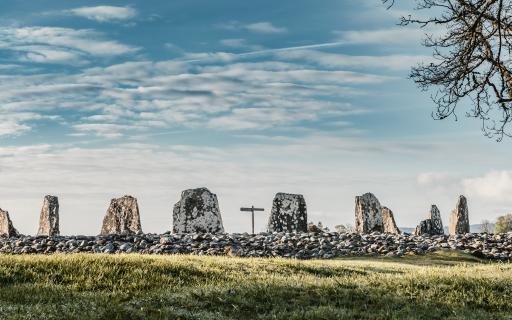


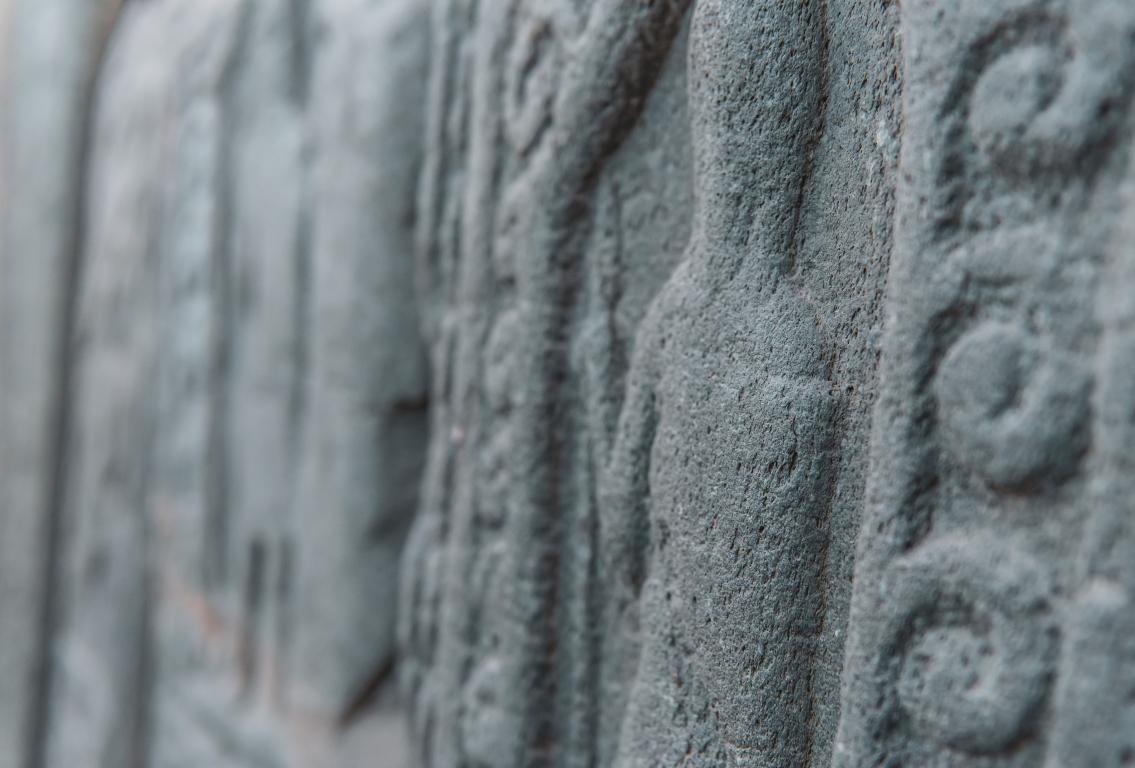

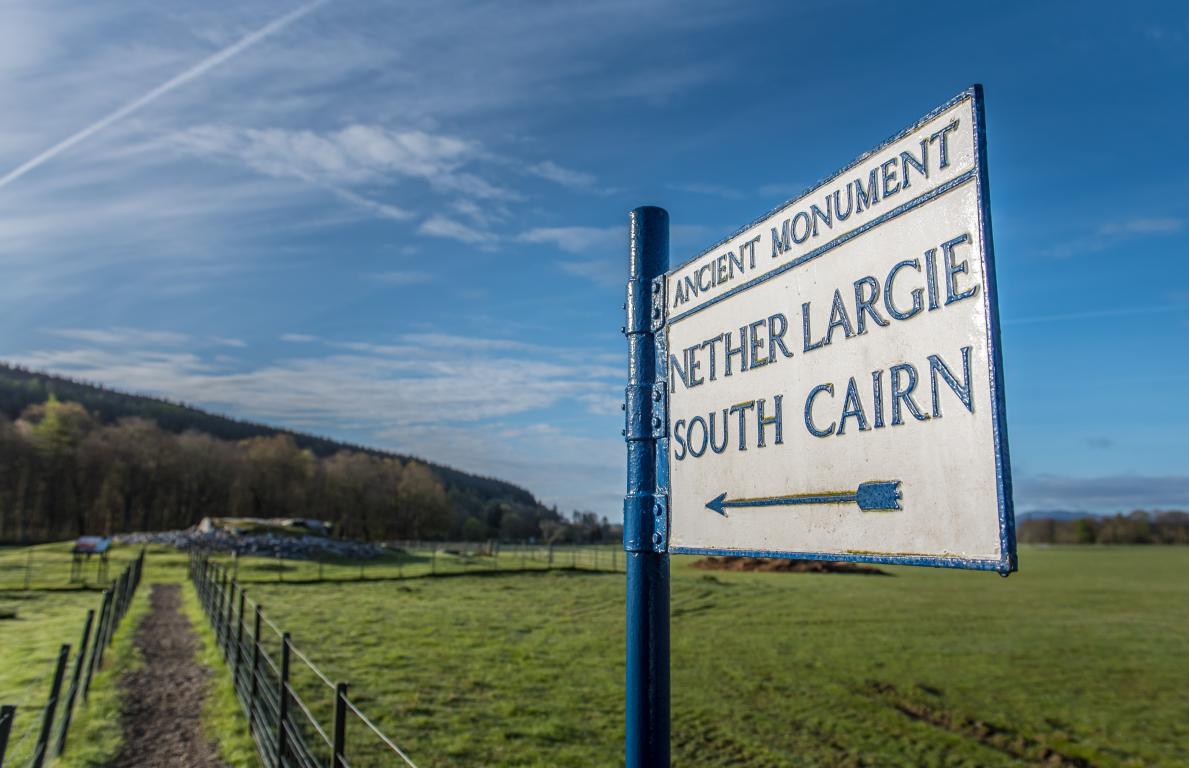
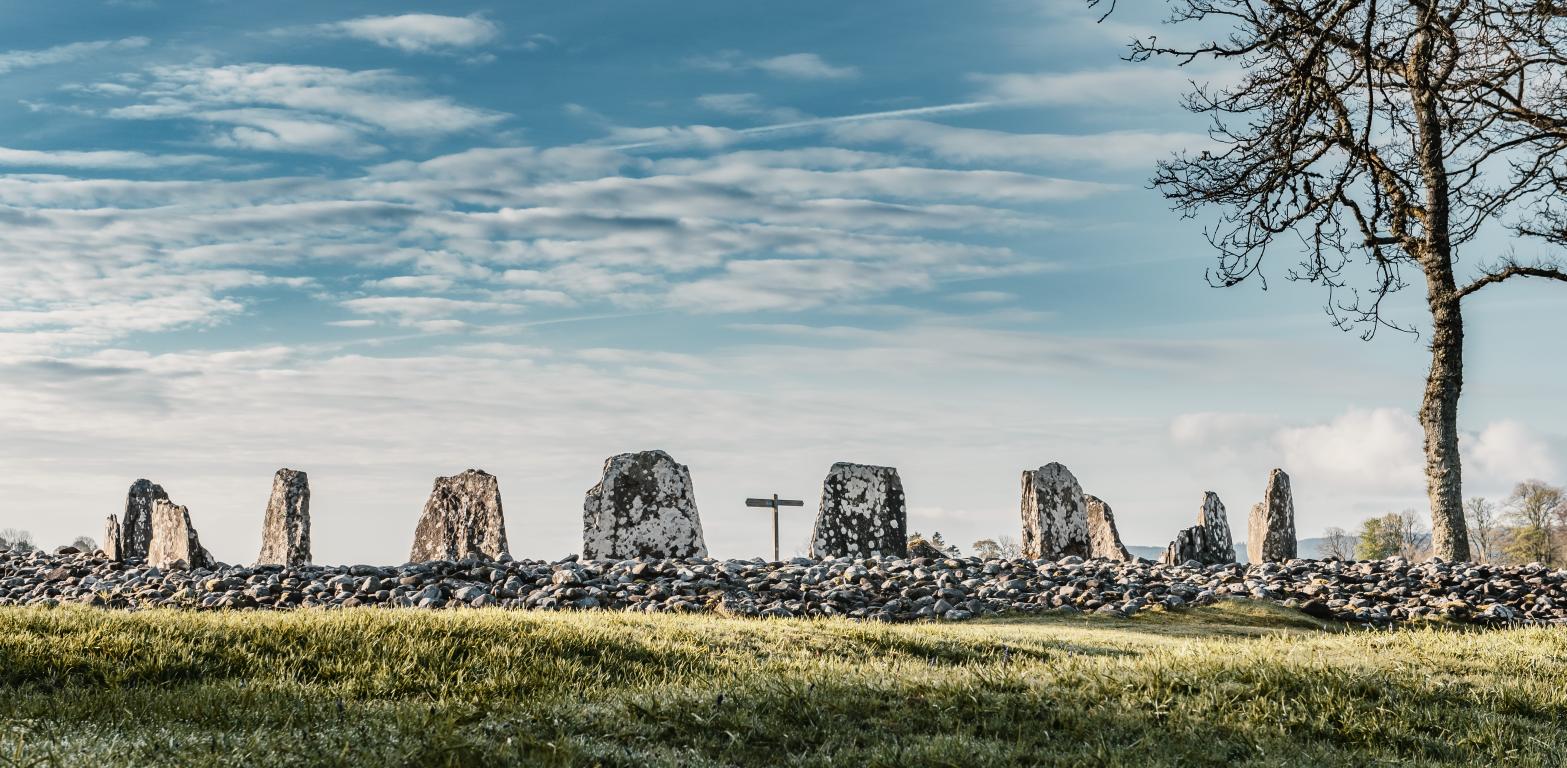
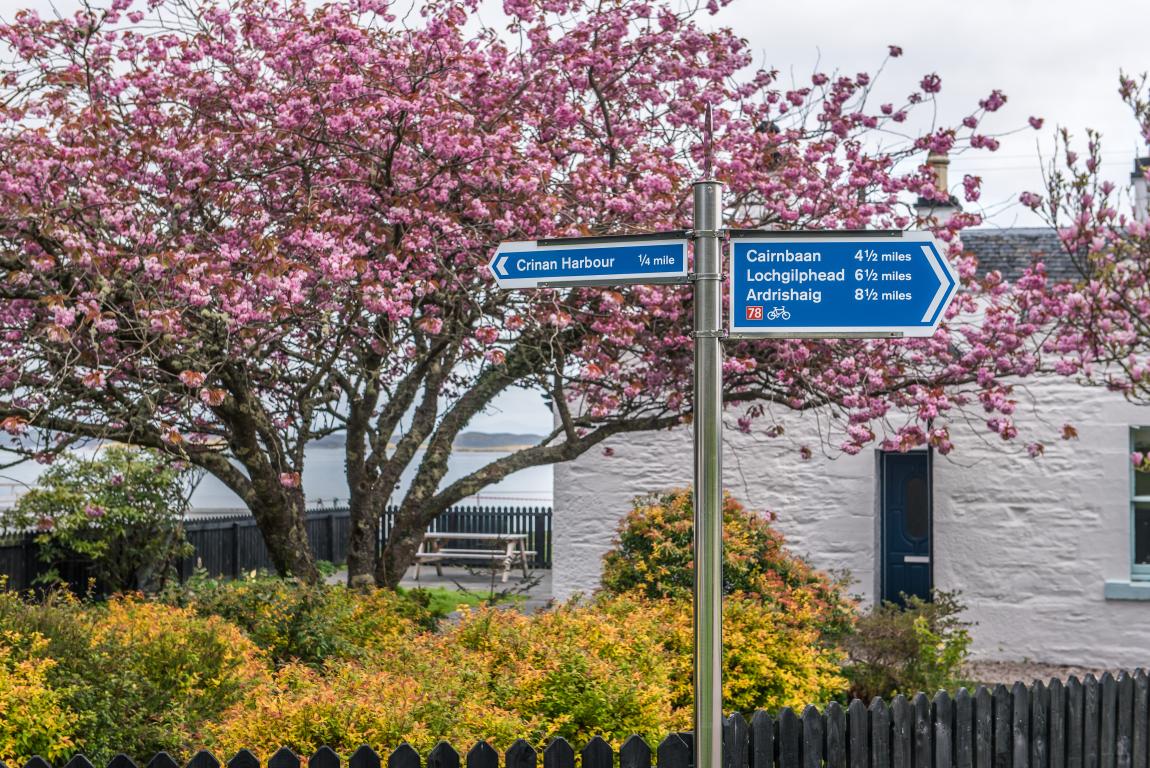
Get Inspired
Plan Your Next Adventure with Spirit of the Highlands and Islands
With so much to explore in the Highlands and Islands it can be hard to know where to start. Learn about our new journey planning tool to help you get inspired by local communities for your next visit!

Experience the Captivating Appeal of Ancient Places
Step back in time and discover jaw-dropping prehistoric monuments.
